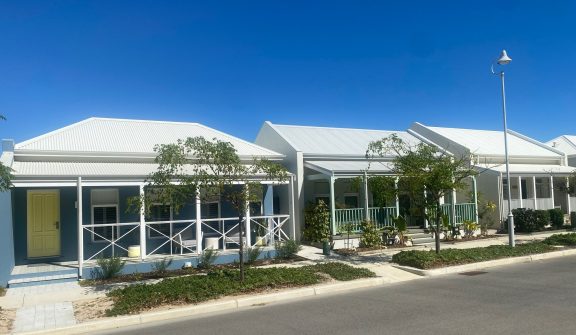
Jindee – Suburban Development done well?
14 April 2023
I have to admit that I had not heard of Jindee until Milly Main mentioned it to me. Milly is a great advocate for more beautiful, healthy and humane places and buildings (check out her Blog | Street Level (streetlevelaustralia.org)
When I mentioned to Milly that I was keen to head out of my Fremantle comfort-zone and check Jindee out, it just happened that Mike Day (one of Australia’s pre-eminent planners who was involved in Jindee’s design) was in town and was keen to meet with us on-site with others in the project team.
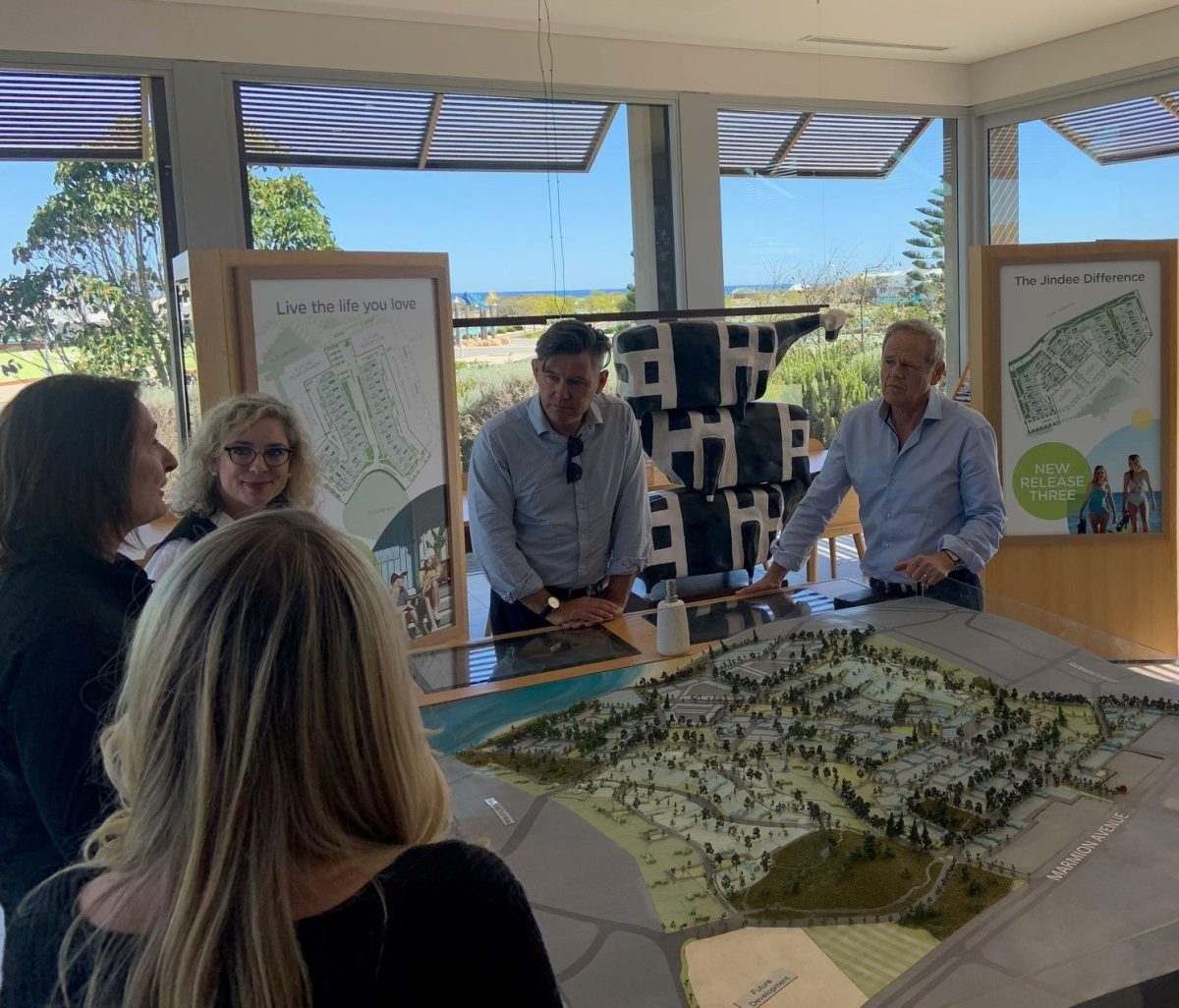
To be frank, I am not big fan of suburban developments and prefer to focus on advocating for good density and urban infill. But given over 70% of new housing in Perth is being built on the urban fringe I am keen to understand how new suburban developments can be done well – and Jindee was pleasant surprise.
Located 40km north of Perth on the coastal side of Butler, it is a decent trek north through what feels like monotonous and often bleak suburban sprawl to Perth’s north.
But Jindee feels fundamentally different to suburbs around it. The street and houses didn’t feel like a generic Perth suburb but rather a contemporary version of Perth’s favourite suburbs/places including Fremantle, Cottesloe, and even the old Rottnest settlement.
Streets were narrower with a focus given to pedestrian movements rather than that of cars. In fact, some of the streets felt like you were in a suburb (like old bits of Fremantle) designed before the car as there were no driveways facing the street. This meant that the streets were full of trees instead of crossovers and were connected by beautifully landscaped walkways that will eventually connect every house to parklands and the beach.
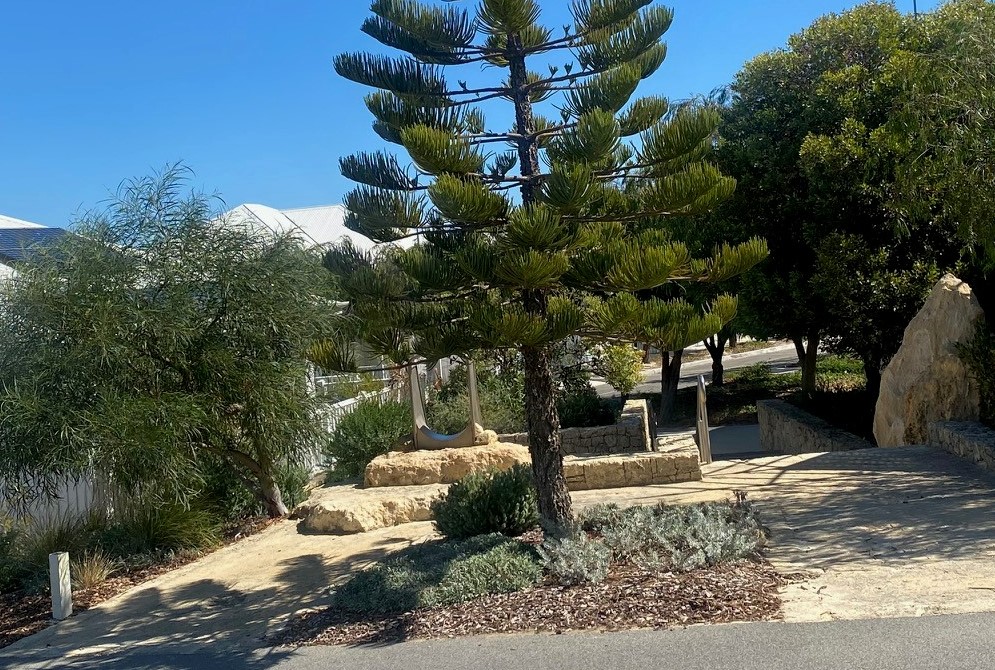
Also striking was that houses all had a different, more urban feel with minimal setbacks and generous front verandas, crucially, raised a little from the street. This is an important way of designing in community, something that is sadly largely designed out of most new developments.
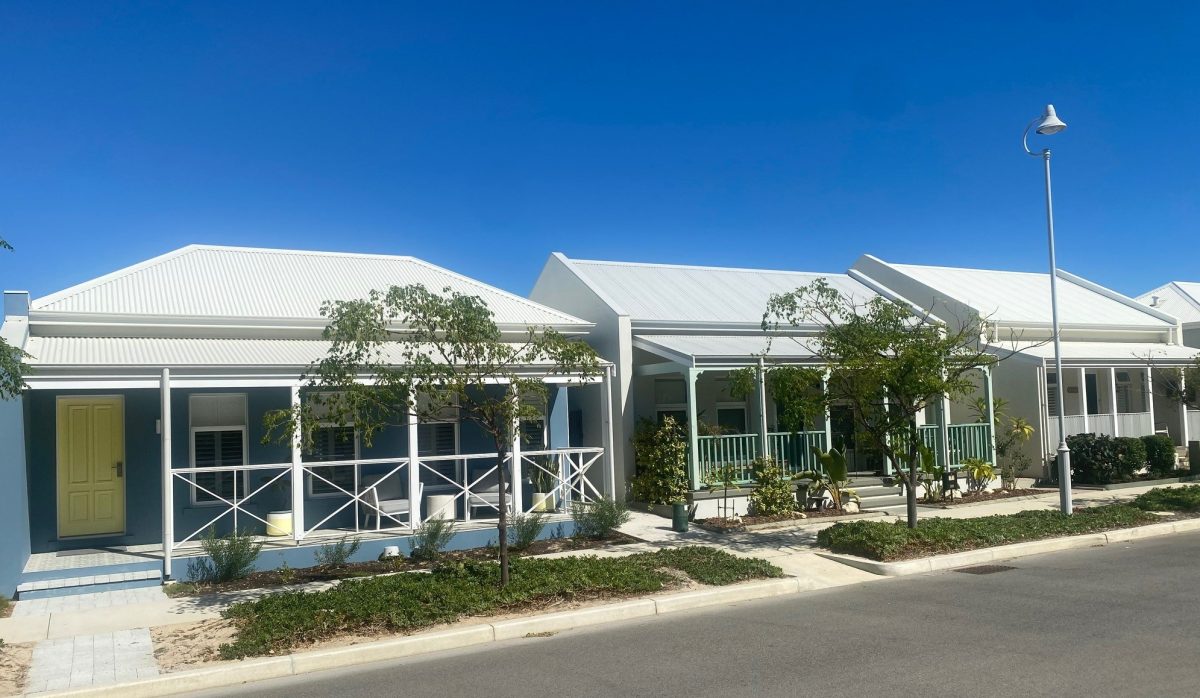
All of this (for those of you that enjoy more technical planning language) is the result of what is described as a “Transect-based Form-Based Code” (aka the Jindee Design Code) that provides a tight development control approach for both the public and private realm ensuring a consistent design.
“A Sense of Place” is an over and often misused term in development but Jindee has had a good crack at creating it in a part of the northern suburbs that at times feels placeless.
It’s not perfect. It is still car-dependent and could do with more diverse housing options (although I am told these are coming) but it’s, nevertheless, an example of contemporary Australian neighbourhood design that you wish was more common. It is a challenge to developers, planners, and policymakers: why can’t design every new suburb to be more like Jindee?
Congratulations to Estates Development Company, Hatch Roberts Day, and the entire project team on raising the bar, and thanks Milly for setting up the tour.
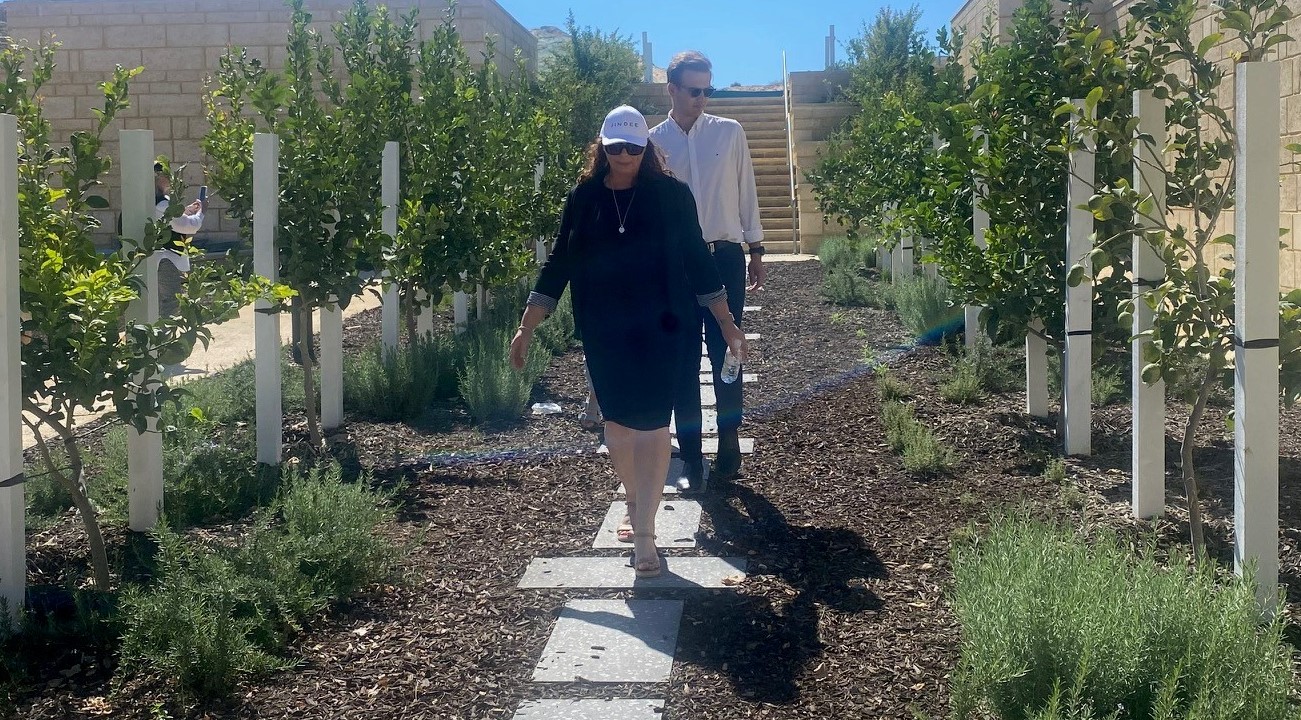
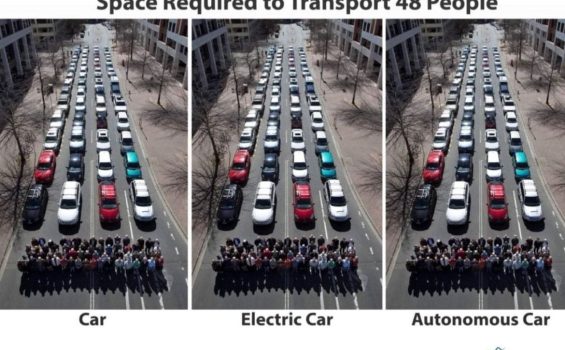

Discussion